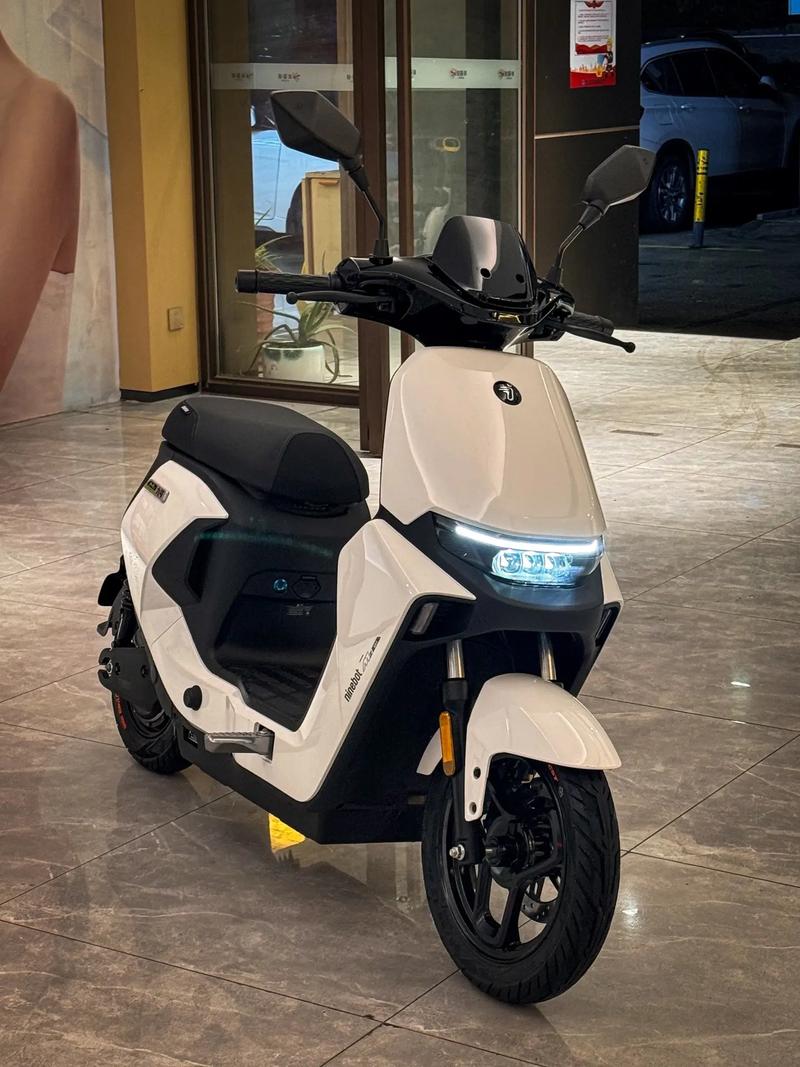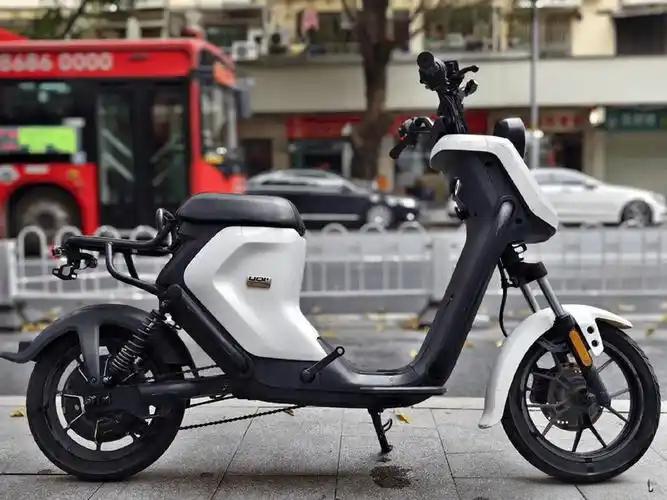
If you live in a first- or second-tier city in China, you must have noticed the large number of electric bicycles on the streets. For commuters in busy urban areas, riding an e-bike is undoubtedly the best alternative if you want to avoid the frustration of traffic jams caused by driving a car.
You might not be familiar with the current e-bike regulations, but that’s fine—a new set of rules will officially take effect on September 1. Let’s take a closer look at whether these changes will affect our daily lives.

On December 31, 2024, the State Administration for Market Regulation released a new mandatory national standard, Safety Technical Specification for Electric Bicycles (GB 17761—2024). The new standard will be enforced starting September 1, 2025, and introduces updates and improvements in the following areas:
Strengthened fire-retardant requirements for non-metallic materials, with specific indicators for different categories of flammable parts.
The total weight of plastic parts must not exceed 5.5% of the vehicle’s total mass.
New technical requirements were added for motor torque at low speeds, no-load back electromotive force, and inductance variation coefficient.
Enhanced anti-tampering measures for battery packs, controllers, and speed limiters, along with six inspection methods.
Improved braking performance requirements with shorter maximum braking distance.
The maximum vehicle weight limit for e-bikes using lead-acid batteries has been raised from 55kg to 63kg.
New requirements for manufacturers’ quality assurance and product consistency, ensuring production, testing, and quality control capabilities that match production capacity.
E-bikes must be equipped with BeiDou satellite positioning, communication, and dynamic safety monitoring functions. For non-commercial models, consumers may choose whether to keep the positioning module at the time of purchase.
Pedal installations are no longer mandatory for all models. Instead, manufacturers can decide based on actual design needs.
The installation of rear-view mirrors is encouraged.
Manufacturers must specify the recommended service life of the e-bike and indicate it on the nameplate and product certificate.

So, does this mean we must replace our current e-bikes if they don’t meet the new standards? The answer is no. Consumers’ existing e-bikes will not be forcibly phased out. Instead, local governments may encourage upgrades through policies such as trade-in programs or purchase subsidies.
For manufacturers, production under both old and new standards is permitted until August 31, 2025. Starting September 1, all newly produced e-bikes must comply with the new standard. To avoid resource waste, e-bikes produced under the old standard before August 31 will be allowed a three-month sales grace period until November 30, 2025. Beginning December 1, all e-bikes sold must fully meet the new requirements.



